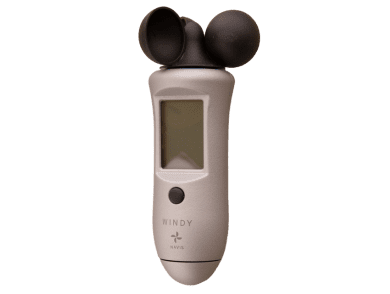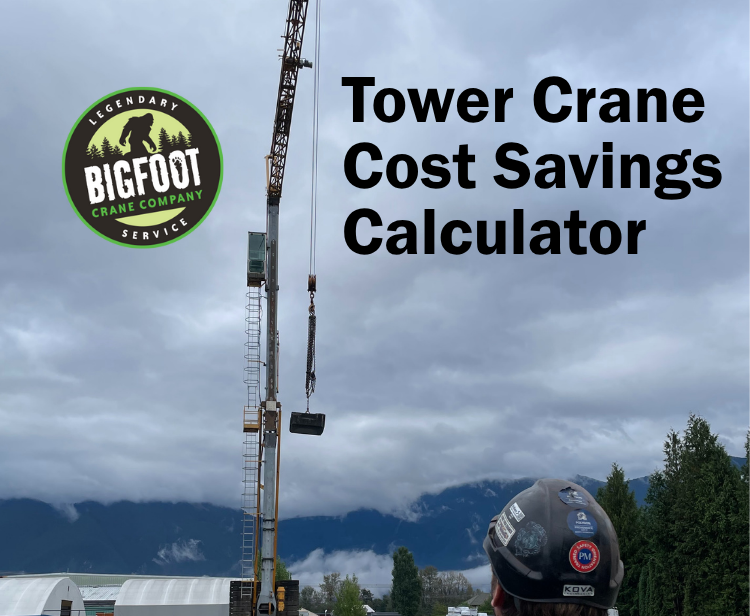Ensuring Communication Tower Safety with NAVIS Wind Anemometers
In the realm of communication infrastructure, towers play a pivotal role in keeping the world connected. From broadcasting signals to facilitating cellular communication, these towering structures are integral to modern life. However, working on communication towers—whether for maintenance, repairs, or new construction—comes with significant risks, particularly when it comes to weather conditions. High winds, in particular, pose a serious threat to safety and efficiency.
This is where NAVIS wind anemometers come into the picture. By providing precise, real-time wind data, these advanced monitoring systems are revolutionizing safety practices for communication towers. In this blog, we’ll explore the critical importance of wind monitoring in high-altitude environments and how NAVIS anemometers are helping to prevent accidents and maintain operational safety.
The Challenges of High-Altitude Work
Working at high altitudes presents unique challenges that are not typically encountered at ground level. Communication towers often rise hundreds of feet into the air, where wind speeds can vary significantly from those at the base. For technicians and engineers tasked with maintaining or constructing these towers, understanding and responding to wind conditions is crucial.
The Impact of Wind on Safety
High winds can create dangerous situations for workers on communication towers. The primary risks include:
- Loss of Balance: Strong gusts of wind can easily knock workers off balance, especially when they are handling equipment or materials. This increases the risk of falls, which can be fatal at such heights.
- Swaying Structures: Even the most robust communication towers can sway under the force of high winds. This movement can make it difficult for workers to maintain stability and perform their tasks safely.
- Falling Objects: Loose tools, materials, or equipment can be blown off the tower by strong winds, posing a hazard not only to the workers on the tower but also to those on the ground.
Given these risks, accurate wind monitoring is essential to ensure that work on communication towers is conducted safely.
NAVIS Wind Anemometers: A Crucial Safety Tool

NAVIS wind anemometers are specifically designed to address the challenges of working in high-altitude environments like communication towers. These devices offer real-time wind data that allows workers and site managers to make informed decisions about when it is safe to continue operations and when it is necessary to halt work due to dangerous wind conditions.
Real-Time Wind Data for Immediate Decision-Making
One of the standout features of NAVIS wind anemometers is their ability to provide real-time data on wind speed and direction. This is particularly important for communication tower work, where conditions can change rapidly. By having access to up-to-the-minute wind information, site managers can make immediate decisions to protect their teams.
For example, if wind speeds suddenly increase to a level that could compromise safety then operations can be paused, and workers can be brought down from the tower until conditions improve. This proactive approach helps prevent accidents and ensures that safety is always the top priority.
Precision and Reliability
NAVIS wind anemometers are known for their precision and reliability, two qualities that are essential for effective wind monitoring. These devices are equipped with advanced sensors that accurately measure wind speed and direction, even in the most challenging conditions. This level of accuracy ensures that workers are always operating with the best possible data, reducing the likelihood of accidents caused by unexpected wind events.
Moreover, the reliability of NAVIS anemometers means that they can be trusted to perform consistently over time, even in harsh weather conditions. This durability is crucial for communication towers, where equipment failure can lead to significant safety risks.
Wireless Technology for Easy Installation
Another significant advantage of NAVIS wind anemometers is their wireless design, which simplifies installation and maintenance. Traditional wind monitoring systems often require extensive cabling and complex setup processes, which can be challenging and time-consuming in high-altitude environments.
In contrast, NAVIS wireless anemometers can be easily installed on communication towers without the need for extensive wiring. This not only reduces installation time but also minimizes potential points of failure, ensuring that the wind monitoring system remains operational at all times.
For more information on how NAVIS wireless wind anemometers work, you can visit the Wireless Wind website.
Enhancing Safety During Tower Maintenance and Construction
Wind monitoring is not just about preventing accidents; it also plays a crucial role in maintaining efficiency during tower maintenance and construction. By ensuring that operations are only carried out under safe conditions, NAVIS wind anemometers help to minimize downtime and keep projects on schedule.
Planning and Scheduling

With access to accurate wind data, site managers can plan and schedule maintenance and construction activities more effectively. For example, by analyzing wind patterns and forecasts, managers can determine the best times of day to carry out high-risk tasks, such as lifting heavy equipment or working at the top of the tower.
This strategic approach not only enhances safety but also improves overall efficiency, allowing projects to be completed on time and within budget.
Reducing Operational Downtime
Unplanned downtime due to adverse weather conditions can be costly, both in terms of project delays and financial implications. NAVIS wind anemometers help to reduce this downtime by providing accurate and reliable wind data that allows for better decision-making.
Instead of reacting to changing conditions, site managers can use real-time wind data to anticipate potential issues and adjust their plans accordingly. This proactive approach helps to keep operations running smoothly, even in challenging environments.
The Importance of Wind Monitoring Compliance
In many regions, wind monitoring is not just a best practice; it is a regulatory requirement. Compliance with safety standards and regulations is essential for communication tower operations, and NAVIS wind anemometers are designed to meet these stringent requirements.
By using NAVIS wind monitoring systems, companies can ensure that they are operating in compliance with local regulations, avoiding potential fines and legal issues. More importantly, they can demonstrate their commitment to safety and the well-being of their workers.
Conclusion: A Commitment to Safety with NAVIS Wind Anemometers
Communication towers are critical infrastructure, and the safety of the workers who maintain and build these towers must be a top priority. NAVIS wind anemometers provide the precise and real-time data needed to ensure that high-altitude work is conducted safely and efficiently.
By investing in NAVIS wind monitoring systems, companies can protect their workers, reduce the risk of accidents, and maintain the integrity of their operations. Whether you are responsible for maintaining existing towers or constructing new ones, NAVIS wind anemometers are an essential tool for enhancing safety and ensuring successful project outcomes.
For more information on NAVIS wind anemometers and other safety equipment, visit the Bigfoot Crane Company website or explore our full range of products at shop.bigfootcrane.com.





